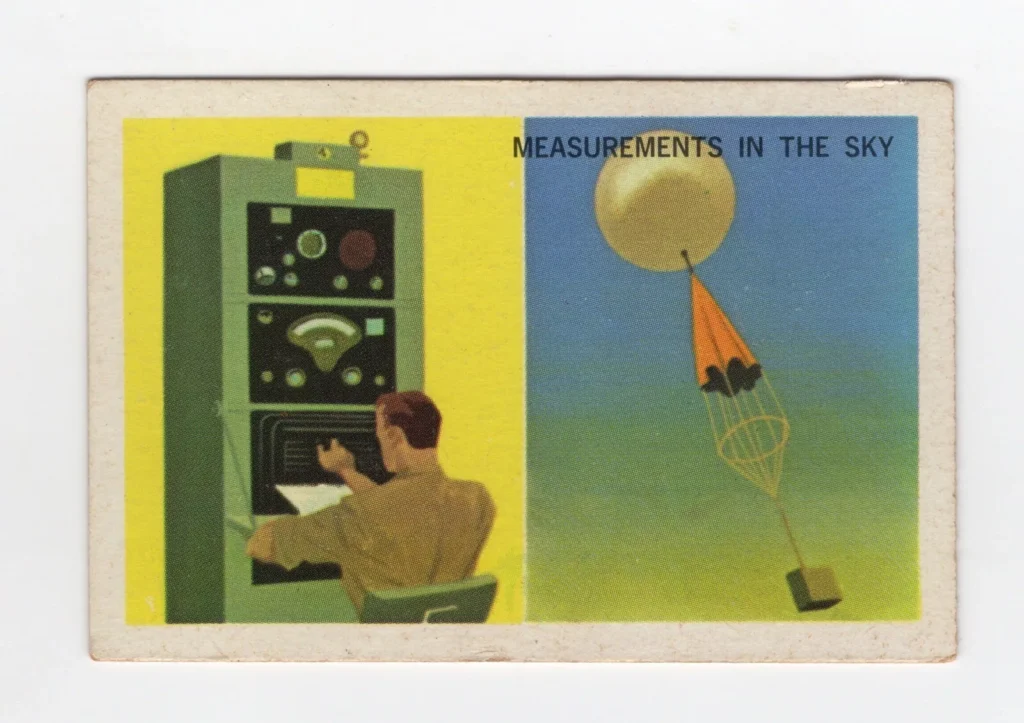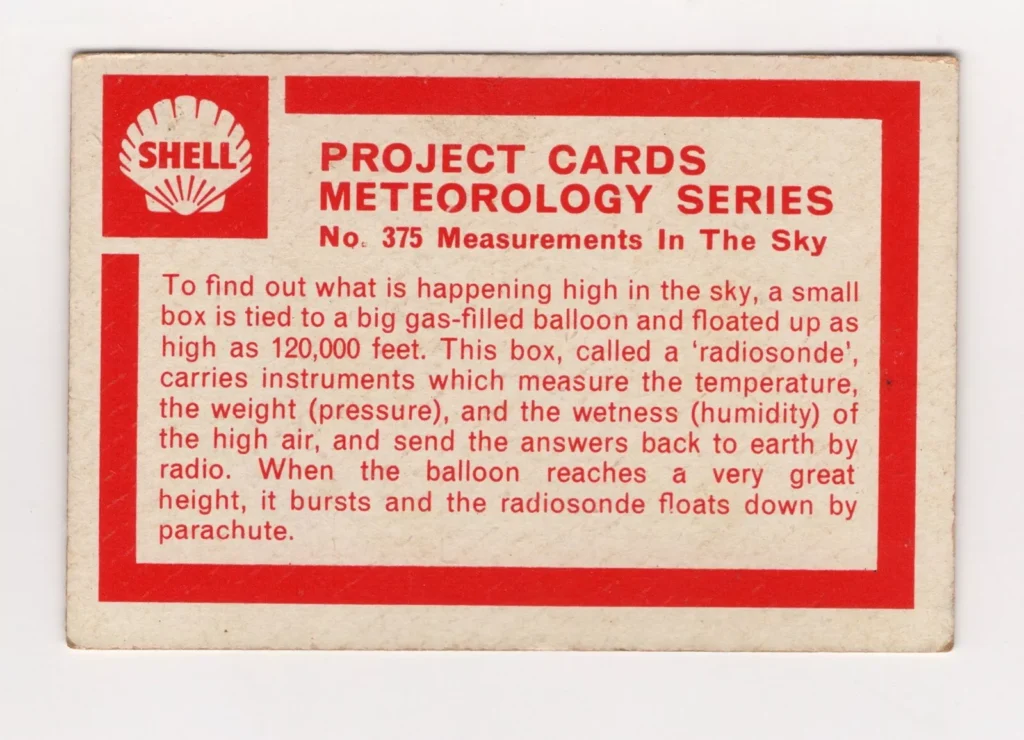Hams have been experimenting with using radios attached to high altitude balloons for many years. Raising the antenna increases the coverage area and raising to many tens of thousands of feet can provide coverage in many hundreds of miles. In addition to radio payloads, cameras, weather instruments and other sensors are popular payloads for high altitude balloons. Read on to find out more!
Local Area Radio High-Altitude Balloons
Occasionally, local clubs (including RWK) launch their own high-altitude balloons with various payloads (cameras, radios, other instruments). These local launches are a great way to get experience with the balloon launch and recovery process, or just to participate in communicating and tracking the balloon progress as it ascends and then descends.
In 2021, 2024, and 2025 RWK launched a balloon with (among other things) a panoramic camera and a DMR radio configured as a timeslot repeater. People were able to make QSOs from Houston to Oklahoma.
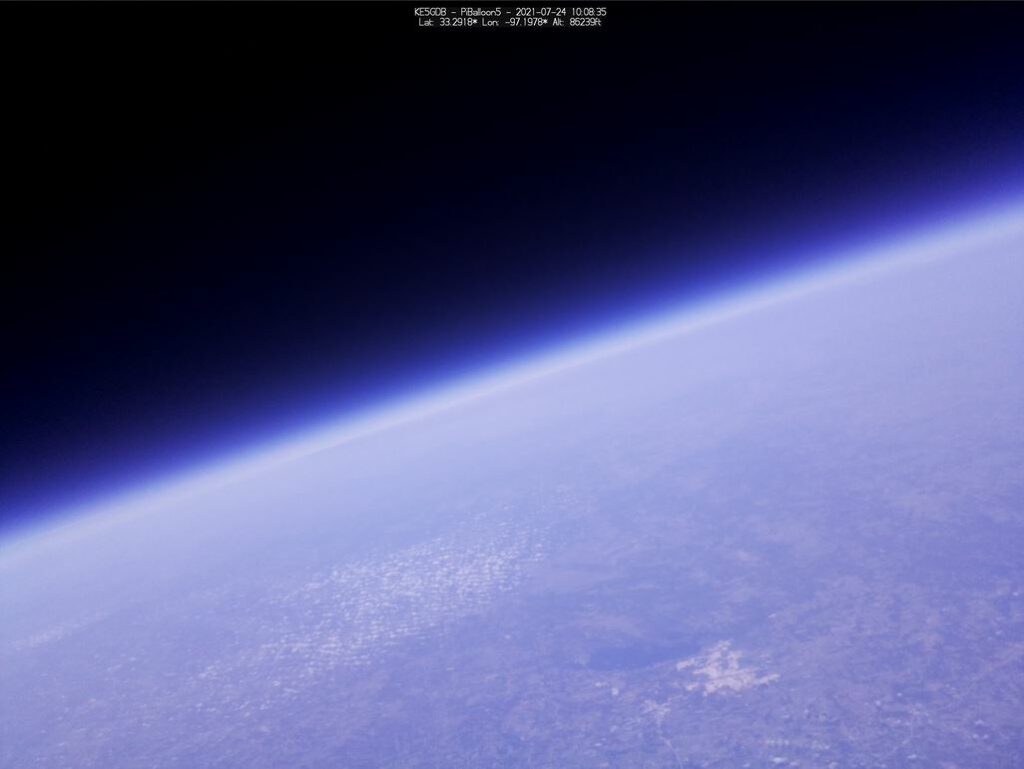
Want to Stay Up To Date?
For near real-time information about our High-Altitude Balloon activities, join our RWK Discord server and/or our Groups.io Balloons list. Want to support our HAB activities? Balloon launches aren’t cheap. Join RWK and help us out!
RWK Balloon Events and Related Info
- RWK Late Fall Balloon Launch Wrap-up (RAB-8)By Chip Coker KD4C The RAB-8 Launch was one like no other! We got off to a shaky start and thought we were going to have an early end, only to have a second life like a literal phoenix rising from the ground (or in this case, Lake Lewisville)! Let me explain. The launch prep…
Read more - RWK Balloon Launch Real-Time StatusTrack the balloon in real-time using the screens below (there’s a link to the full-size version in the table below) Balloon Path and Telemetry Hi-Definition Images Full Payload List Payload Callsign Frequency Participate SSTV + Wenet / SSDV KE5GDB 432.5MHz SSTV Robot 36 (FM) 431.5MHz Wenet 96kbaud I2S SSTV on the air – Robot 36…
Read more - RWK Balloon Launch Announcement – November 1stWe are GO for launch this Saturday! The launch site will be at the Denton RC Airfield. Setup will begin at 8:00AM, and launch will be at 9:00AM. The Richardson Area Balloonatics / Richardson Wireless Klub will be launching a high-altitude weather balloon on Saturday November 1st, weather and upper atmosphere conditions permitting. The launch…
Read more - The Chawed Rag – September 2025Here’s The Chawed Rag for Sept 2025. We’ve got a chance for you to voice your opinion on HOA restrictions, obsession about Balloons!, an upcoming SSTV event, Foxhunts are Alive and Well at RWK, belated Field Day 2025 results, our RWK Meeting Video Archive is back, call for 2026 Officers, the usual upcoming events and news and so much more. Hope you enjoy! – KD4C
- RWK High Altitude Balloon Launch Wrapup – August 23rdThe August 23rd High Altitude Balloon Launch (#7!) is in the books, and it was a good one. The balloon was launched shortly after 9am on a bright and somewhat hot Saturday morning from Old Celina Park in Celina TX, and ascended to a maximum altitude of 105,528 feet before bursting and (rapidly) descending back…
Read more - RWK Balloon Launch Announcement – August 23rdUPDATE – 8/21We are GO for launch this Saturday! The launch site will be at the Old Celina Park in Celina TX. Setup will begin at 8:00AM, and launch will be at 9:00AM. Submit your reports for a QSL card: https://forms.gle/1A212c3TgbaKA5Ky5 The Richardson Area Balloonatics / Richardson Wireless Klub will be launching a high-altitude weather…
Read more - RWK Balloon Launch Announcement – Sunday July 6thThe Richardson Area Balloonatics (Richardson Wireless Klub) will be launching a high-altitude weather balloon from Celina TX on Sunday July 6th. This is a “flight of leftovers” launch with the goal of using ~125ft^3 (down from 300ft^3) of helium leftover from a UTD launch a few weeks ago. With less lift comes less payloads, but there should…
Read more - RWK May 31 2025 High-Altitude Balloon Launch Wrap-UpBy Chip Coker KD4C The Richardson Area Balloonatics successfully launched (and mostly successfully recovered) another High-Altitude Balloon (HAB) on May 31 2025. Launch location was Gainesville TX and the landing/recovery location was Celeste TX (about 9 miles north of Farmersville TX). Highest Altitude was 120,042 Feet – an new RWK record (around 22 miles high,…
Read more - RWK Balloon Launch Announcement – Saturday 5/31The Richardson Area Balloonatics will be planning to launch a high-altitude weather balloon on Saturday May 31, weather and upper atmosphere conditions permitting. The launch will be from Gainesville (details below), just north of the DFW metroplex, but near apogee at ~100,000ft we expect coverage to include most of Texas and Oklahoma, with some Arkansas…
Read more - May 3 RWK Balloon Launch Status Update – Launch PostponedBy Chip Coker KD4C Thursday Update: The decision has been made to postpone the balloon launch to Saturday 5/31. The driving factors of this decision are the excess amount of rain we have received in the past few days (very saturated ground here in NTX), the winds aloft pushing the predicted flight path pretty far…
Read more
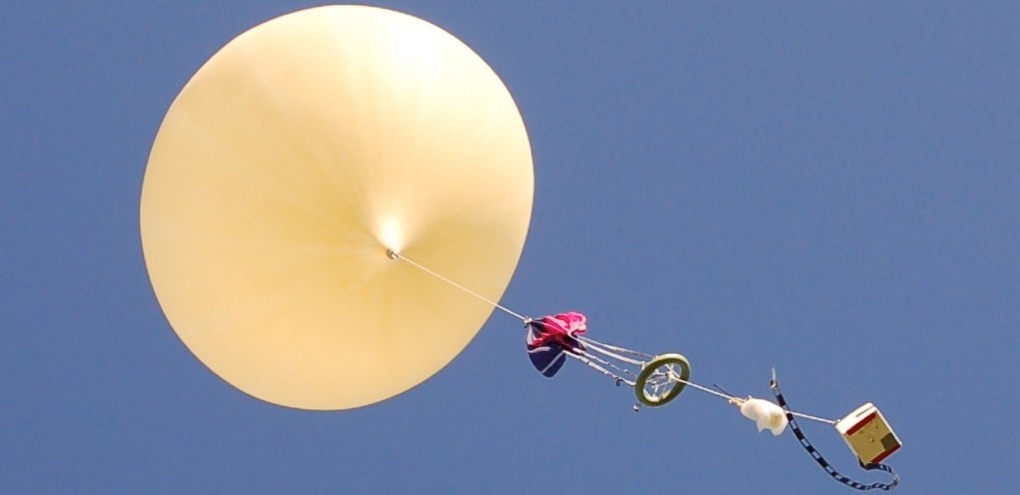
High-Altitude RadioSondes
Did you know that NOAA launches many high-altitude balloons each day to measure the upper air conditions in order to forecast the weather, and that each of those balloons contains a small transmitter to transmit the atmospheric data back to the ground, and that these balloons can be easily recovered and repurposed? See below on how to build a RadioSonde Tracker.
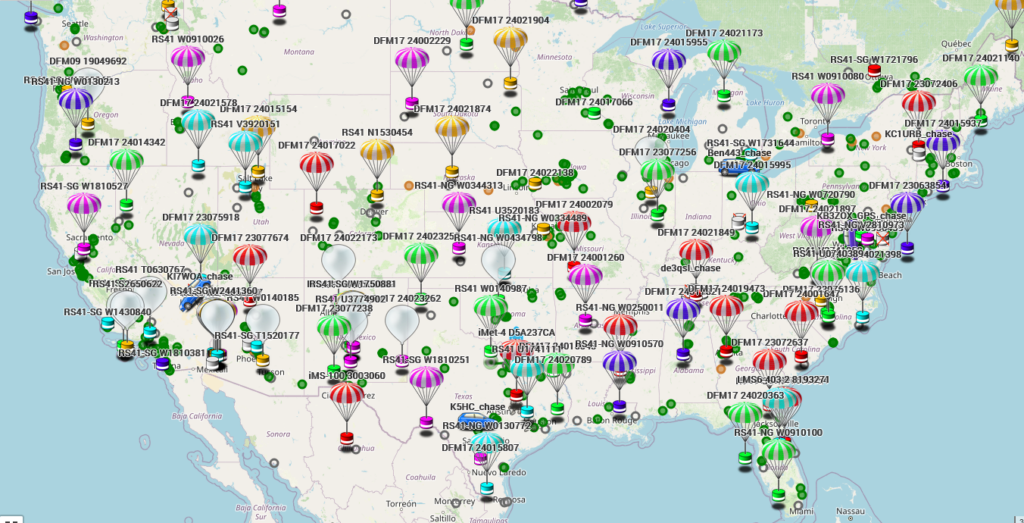
Build Your Own RadioSonde Tracker
The current NOAA Radiosondes operate in the 403 MHz frequency range. You can use a cheap and simple 433 MHz LoRa receiver with custom firmware to receive and decode the balloon transmissions.
See this post for full instructions.
You can also build trackers using cheap RTL-SDR receivers and several other devices.
RadioSonde Tracking Website
Even if you don’t build your own tracker, you can watch the progress of the twice-daily sonde launches on sondehub.org
The site takes data uploaded by tracking receivers (including you if you built one above) and plots the path of the balloons and displays the weather data in near real time.
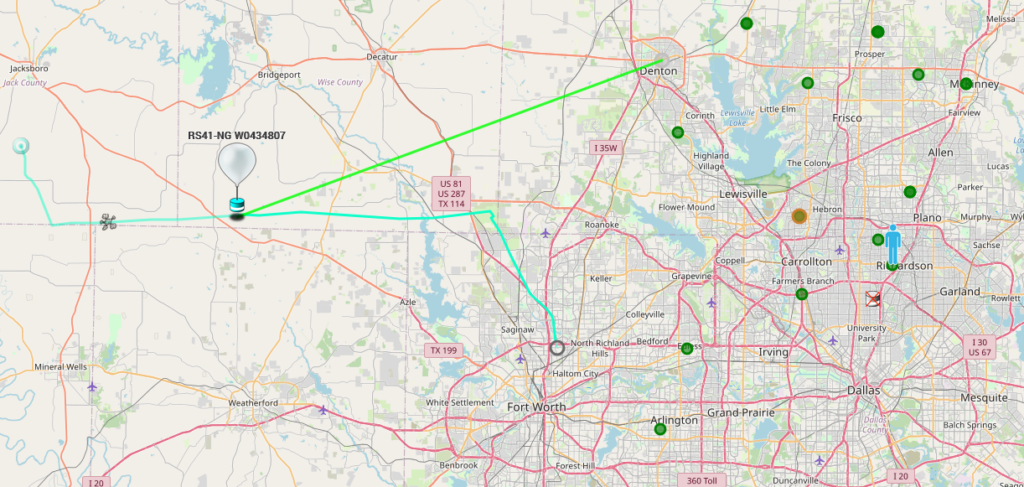
You can even chase the balloons to recover the transmitter (and what’s left of the balloon). NOAA says that they are free to grab and NOAA doesn’t want them back!
These transmitters can be repurposed for other functions in the 70 cm (430-450 MHz) amateur bands.
